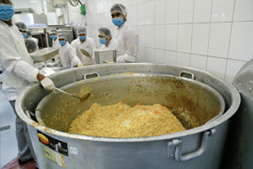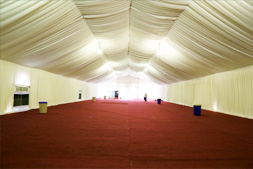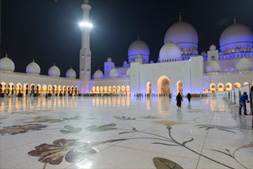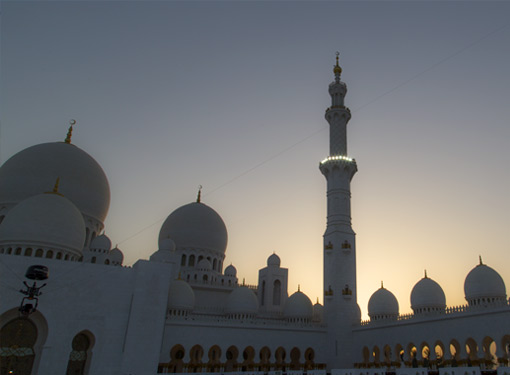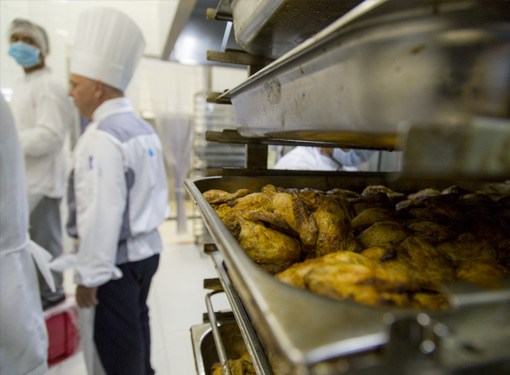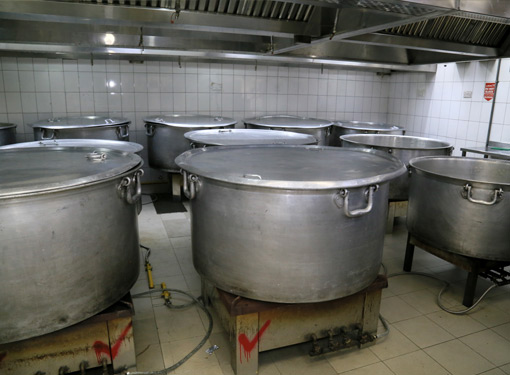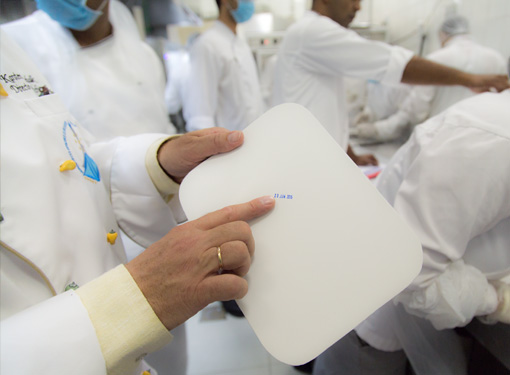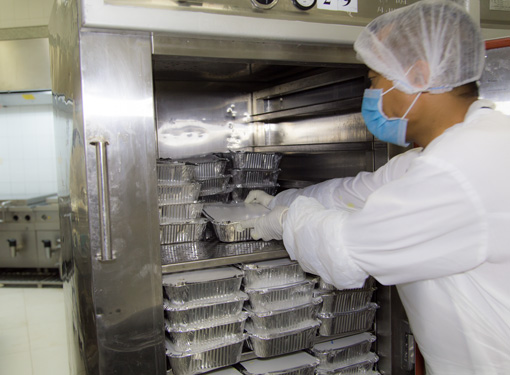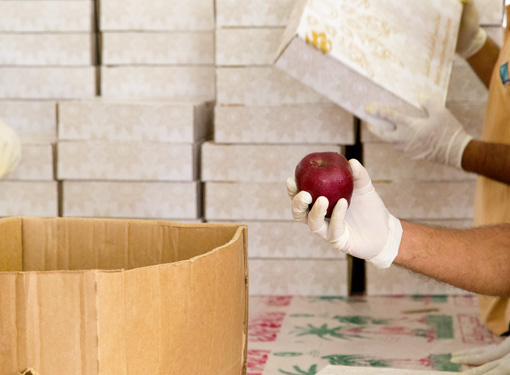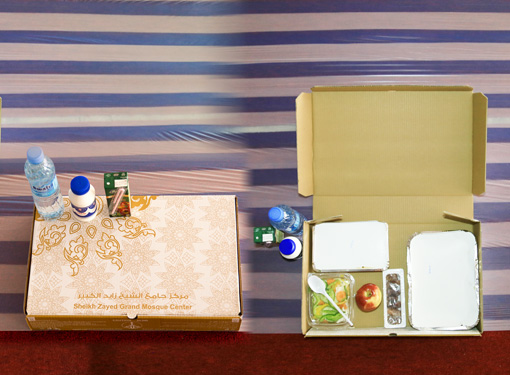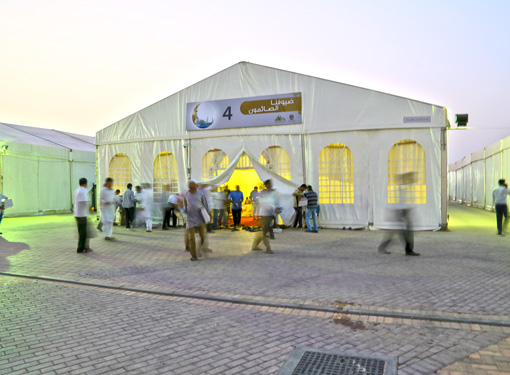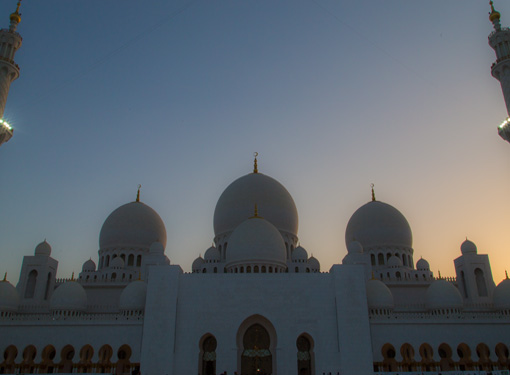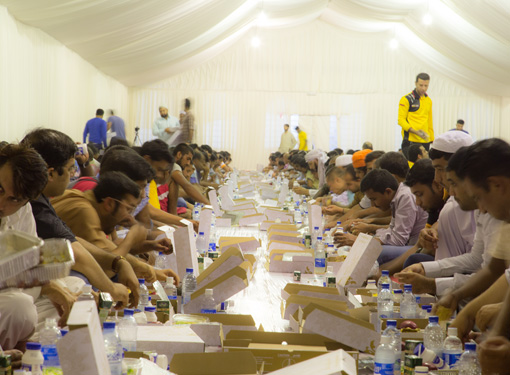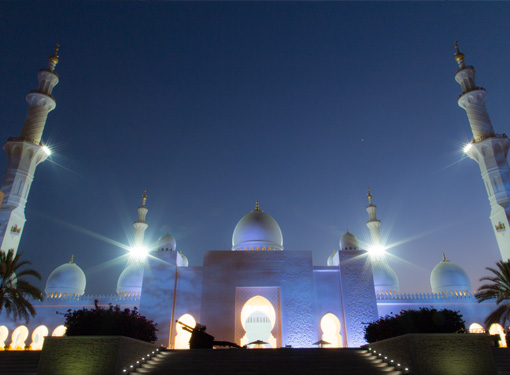Roughly a quarter of an hour after sunset, people begin to make their way from the tents to the mosque. Passing through lush gardens, they throng into the 17,000 square-metre courtyard, which has been furnished with rugs, ventilation units and shoe racks.
After performing their ablutions, most of the men proceed into the main prayer hall, while the women congregate in a side hall. The crowd is mostly Arab and South Asian, but also comprises people from all over the world: tourists from the United Kingdom and Sudan rub shoulders with expatriates from Indonesia and the Philippines. The sheer size of the mosque allows thousands of people to enter without it ever appearing crowded.
As with all mass events, certain precautions are necessary. All visitors must pass security checks and, just in time for Ramadan, the mosque has opened a health clinic, with a doctor and a nurse always at hand to treat medical emergencies. During Ramadan, dehydration and heat exhaustion make up the most common cases. The clinic stays open until three in the morning every night throughout Ramadan to accommodate late-night visitors.
After the maghrib prayer, many stay on until the Isha prayer to make the most of their visit. Those who linger enjoy recitals by some of the most respected Quran readers of the Islamic world, who the mosque invites to Abu Dhabi each year. Their solemn voices ring out over the grounds, enhancing the already deeply spiritual atmosphere.
Sheikh Zayed Grand Mosque also holds special symbolic significance for the people of the UAE. Its design fuses influences and materials from all over the world and its doors are open to people of all faiths, reflecting His Highness the late Sheikh Zayed Bin Sultan Al Nayhan’s vision of creating a place of cultural exchange. The 82 domes, one of which soars to 85 metres of height, feature intricate Moroccan designs on the inside, while exterior walls display Ottoman-inspired ornamentation. Precious metals, semiprecious stones, marble, textiles and interiors were brought in from Austria, India, Italy, Greece, Macedonia, Morocco and Turkey. The mosque is capable of accommodating nearly 50,000 people.
Construction began in 1996 and it took 38 contracting companies and 3,500 workers almost twelve years to complete it. Opened to the public in December 2007, it stands as a monument the Muslim faith as well as to the values of Sheikh Zayed. The late founding father of the United Arab Emirates, whose tomb is located on site, may not have lived to see the mosque’s completion, but his legacy lives on in the charity and community-building initiatives organised by the mosque, of which the iftar program is the most prominent.
This is one of the leading examples of goodwill work done in the UAE
Hasan Almarzouqi
“This is one of the leading examples of goodwill work done in the UAE,” explains Hasan Almarzouqi, Head of the Media and Promotion Unit at the Sheikh Zayed Grand Mosque Center. “Everybody who helps in this program is proud to do so.”
As the night draws to a close, mosque workers switch off the ventilation units, sweep up the floor and roll up the carpets in the courtyard, revealing the full splendor of the marble mosaic underfoot. Tomorrow, they and over a thousand others will be ready to do it all again.
